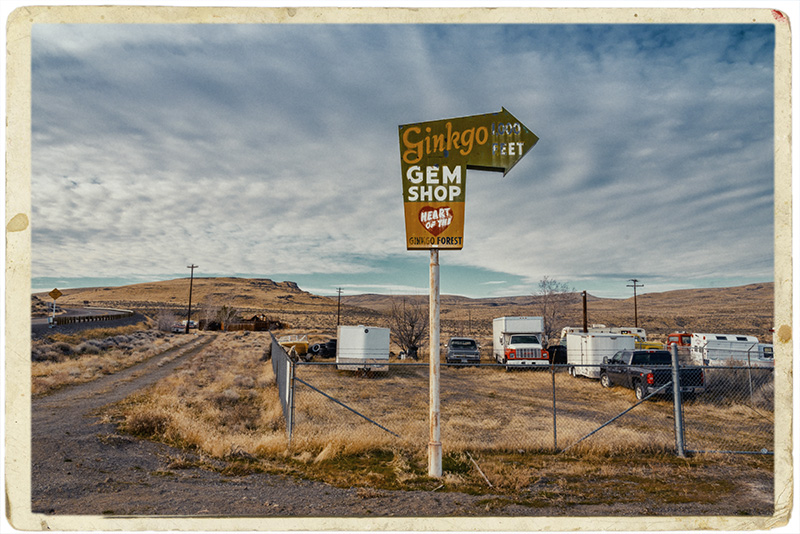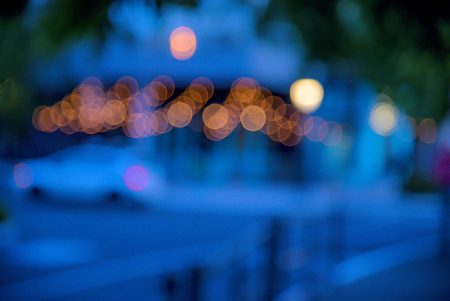
Matthew,
You raise interesting questions about my older work and how I might bring it to my newer work. For many reasons, is not entirely possible really. My older work was mostly black and white. I saw in black and white. I have lost that ability, or should I said am rusty at it. I see color now, and converting to black and white is easy enough to do technically, it is not that easy for me to do emotionally. But all that can be debated. My older work was deeply rooted in methods and materials. My favorite films are gone, my favorite silver papers are gone. I suppose I could have adapted to what is currently available, but even if I did, the process is expensive now. My lab that processed my film is gone, my darkroom is gone. The physical infrastructure, the supplies I used are all gone. Even my favorite subjects are no longer accessible to me. So when I closed my darkroom down in 2006 I felt it was time to move on. I have no regrets, digital sparked an interest in color. But where digital is instant and highly controllable, analog was always a leap of faith. And I liked that. What I like now about returning to old film is that there is no stinky chemicals and hours in the darkroom any more. I can scan old film and frankly make superior prints in many ways. I have dug up negs I could never successfully print in the darkroom and now bring to life with the magic of digital processing. And there is no waste, unless you count my time. In the old days I might spend hours in the darkroom and make dozens of prints, trying this or that. And those prints now fill my boxes and drawers in my archive. 1000s of them. With digital, the final image lives on my hard drives, until such a time I may need to print it. And the beauty of it, I can print it any size. I can’t tell you how many times someone want to buy a print of my old work and ask, do you have it in a different size? Often I reprinted to get the sale. But often I couldn’t match the first print. It was a one of kind…
Another big difference between analog and digital is in the capture itself. In analog days, when you and I might go out to photograph together, and we came upon a scene we wanted to make images of, our results would depend up on what materials we were using. I might be shooting infrared in a 35mm camera and you might be shooting color film in an 8×10 camera. We would have radically different results even if we shot the identical scene. Now, with digital, we all have more or less have the same stuff. The same cameras, the same sensors and they capture the same scene in the same way, more or less. Of course there is some room for difference with lens choice and ISO setting and such, choice of aperture and what not. But essentially we would capture the same thing on the sensor. And only in processing would results diverge. There is a certain homogenous quality to digital photography I now see. The analog world was much more diverse. I find it interesting that some folks shoot digitally, but then they emulate the look of film. Using various filters or techniques to get that 1960s cyan cast Ektachrome look. Just converting to black and white is throw back. I dink around sometimes with such techniques to amuse myself.
But in the end, I don’t want to return to the old methods and materials. Been there, done that. But resurrecting old work is fun. I have so much film that never saw the light of day for lack of time. Now I have the time. So my process these days is more or less a little looking at old work, while continuing to explore the world in new ways. I really love the digital process. It is great fun, and fairly easy for someone like me, who has an understanding of the historic traditions and conventions of photography. Returning to old work is more out of respect, a way of honoring my past. But I am still curious enough to want to make new works, but not in the old way. Does that make any sense?

